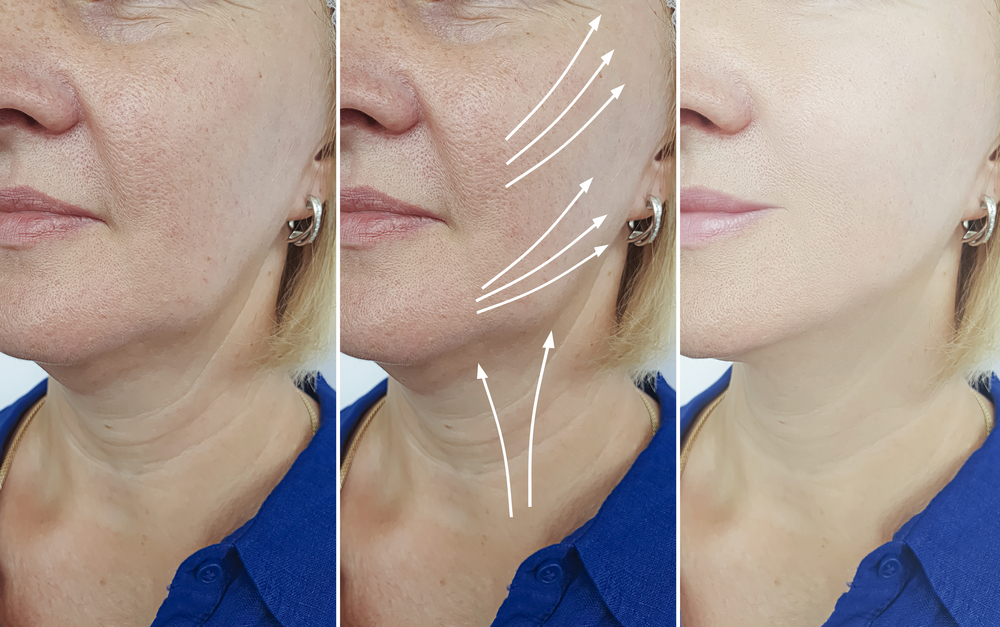Irlen Syndrome is a rare eye condition that affects the eyes and the vision of some people. It can lead to problems such as headaches, visual disturbances, and fatigue. If left untreated, the symptoms can be severe and even cause serious health conditions, such as blindness and retinal detachment. The good news is that there are treatments available to help manage and treat this condition.
Symptoms
Irlen Syndrome is a condition in which the brain is unable to process visual information in the same way that other people can. This leads to problems with reading, writing and depth perception.
It is often associated with dyslexia and other learning difficulties. However, it is also a common problem for children and adults. In fact, Irlen Syndrome affects one in four people. People with this condition may not realize that they have it. But if left untreated, Irlen Syndrome can become a lifelong barrier to learning.
If you think you might have Irlen Syndrome, there are several things you can do to reduce its effects. One of the best options is wearing tinted glasses or contact lenses. These filter out disrupting wavelengths of light, making it easier to process information.
Another solution is to use an alternative lighting source. Fluorescent lights can aggravate symptoms of Irlen Syndrome, so choosing incandescent or other non-fluorescent lighting can make a huge difference.
If you’re interested in learning more about Irlen Syndrome, you can visit the Irlen(r) Institute website. The Institute works with organizations to identify and treat people with the condition. They offer a free online self test to help determine if you might be afflicted with Irlen Syndrome.
Diagnosis
Irlen Syndrome is a condition where the visual system of the brain is not able to process certain wavelengths of light. This results in a number of symptoms that include headaches, impaired reading and comprehension, and poor concentration.
Many people who are experiencing these symptoms may also have other problems. If this is the case, a diagnosis of Irlen Syndrome is not necessarily the answer. The problem may be a combination of learning disabilities or other eye and brain disorders. It is important to diagnose the condition properly in order to treat it effectively.
An Irlen Syndrome diagnosis should be made by a qualified diagnostician. There are a number of ways to determine if a child has the disorder. For example, if they have a family history of visual processing disorders, they are more likely to have Irlen Syndrome. They can also get an Irlen Syndrome assessment through an official Irlen center.
Children with Irlen syndrome often have difficulty with reading, writing, and concentrating. In addition, they may have a sensitivity to bright lighting and computer screens.
Irlen syndrome can be a lifelong barrier to learning. Using colored overlays can help correct the visual processing problem.
A number of studies have shown that children with Irlen Syndrome can benefit from color filters, which are designed to improve the way the brain processes information. Often, these filters come in the form of tinted lenses. Using these lenses can help to filter out disruptive wavelengths of light and provide relief from eye pain.
Treatment
Irlen Syndrome, also known as scotopic sensitivity, is an ocular disorder that affects the brain’s ability to process visual information. It is a perceptual disorder that can cause problems with reading, concentration, headaches, and fatigue.
The symptoms of Irlen Syndrome are often similar to those of other ocular disorders, including convergence insufficiency, refractive errors, and accommodation difficulties. Symptoms include eye strain, blurry or bunched words, and non-straight lines.
Thankfully, there are treatment options available to help ease the symptoms of Irlen Syndrome. One of these is the use of coloured overlays. These transparent sheets are used to reduce glare and increase contrast.
Colored lenses can also be prescribed to improve the brain’s ability to process visual information. They can also reduce the discomfort of bright lights. However, they are only provided by an out-of-town specialist.
The most common form of Irlen Syndrome treatment is the use of special tinted glasses. These can be prescribed by an optometrist. This form of treatment can also be purchased online.
Other treatments for Irlen Syndrome involve a combination of occupational therapy, cognitive behavioral therapy, and acupuncture. Acupuncture uses needles of various lengths to stimulate specific points in the body.
Acupuncture can be very effective at treating Irlen Syndrome. In addition to reducing the sensitivity to light, it can also treat high blood pressure and thyroid disorders.



